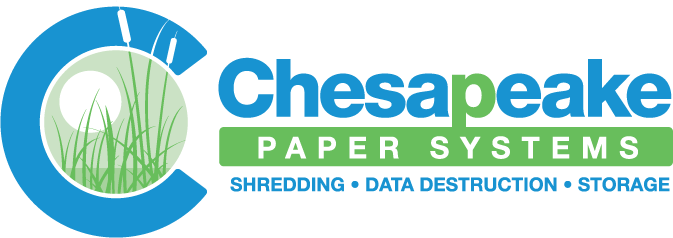Fall into Organization with Efficient Shredding Practices
As the year draws to a close, both businesses and households find themselves in a flurry of activities, striving to wrap up their annual tasks. One of these crucial tasks is managing and organizing documents, which can significantly impact efficiency in the new year. Efficient document management ensures that valuable information is easily accessible and obsolete files are securely disposed of. Document shredding stands out as an effective method for handling this task, offering a secure way to eliminate unwanted paperwork while balancing the need for organization and the protection of sensitive information. Whether for a small household or a large enterprise, adopting strategic shredding practices can alleviate clutter and prepare everyone for a fresh start.
Understanding Document Categorization
Before you start shredding, it’s crucial to categorize your documents. This will help you identify what needs to be kept, archived, or shredded.
- Financial Records: Tax returns, receipts, invoices, and bank statements are essential to keep. Determine the required retention period based on your local tax laws.
- Personal Files: Sort through documents related to insurance, medical records, property deeds, and birth certificates. Decide which ones to keep and for how long. For instance, you might want to keep medical records indefinitely, but insurance policies can often be discarded after the policy expires.
- Unnecessary Papers: Recycle or shred outdated documents like junk mail, expired coupons, and old newspapers. These items can clutter your space and are generally not worth keeping.
Planning a Shredding Schedule
A systematic approach to shredding can greatly enhance efficiency and reduce the stress of year-end document management. Start by setting a timeline for regular shredding sessions, whether monthly or quarterly, depending on your organization’s needs. Consider incorporating shredding into seasonal decluttering activities as well to maintain a clutter-free environment throughout the year.
- Set a Timeline: Establish a regular shredding schedule to prevent document buildup. Consider weekly or monthly shredding sessions, depending on the volume of documents you generate.
- Seasonal Decluttering: Take advantage of seasonal changes to declutter your documents. For example, shred outdated tax returns and financial statements after the tax season.
- Create a Shredding Calendar: Use a calendar or digital planner to schedule shredding sessions. This will help you stay organized and avoid procrastination.
Implementing Efficient Shredding Practices
Having the right practices in place for sensitive documents can make all the difference. A reliable shredding company is essential. Additionally, establishing best practices for ensuring data security, such as using a secure shredding container to put documents to be shredded immediately after use is crucial in preventing any potential data breaches. Regularly auditing and updating these practices will help keep your documents secure. These practices should also extend to your digital records, as hackers are becoming more sophisticated in accessing sensitive information.
Once the tax season is over, it is essential to review all documents and determine which ones need to be shredded. This will help declutter your space and ensure that only relevant and current documents are kept. It is also a good idea to create a shredding calendar or schedule, so you can stay on top of shredding throughout the
Efficient shredding is a vital component of year-end organization. By categorizing your documents, planning a shredding schedule, and implementing best practices, you can streamline your records, protect sensitive information, and prepare for a successful new year.
Contact us now at Chesapeake Paper Systems to learn more about our document destruction services. Don’t wait until it’s too late – take action now to safeguard your documents and ensure the security of your business.

